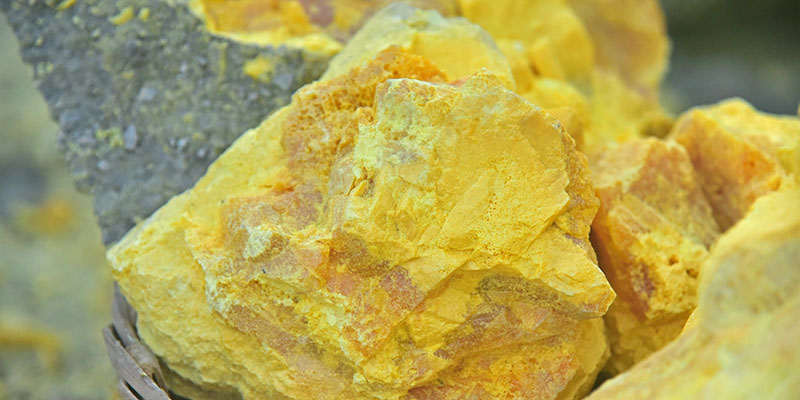When sulfur dioxide is removed from biogas, it can be used to produce sulfur-based fertilizers, animal feeds, and supplements.
Hydrogen sulfide must be removed from biogas, and Fluence has a solution that completes this step economically
These days we’re hearing a lot about how anaerobic digestion can turn organic compounds in wastewater into a valuable asset in the form of biogas, which can be used to power operations and generate electricity. While the process does yield remarkable results, it does present some challenges.
Biogas typically consists primarily of methane and carbon dioxide, with trace levels of nitrogen, water vapor, hydrogen sulfide, and other unwanted components. The higher the methane concentration, the higher the quality of the biogas. Due to its toxic and corrosive nature, hydrogen sulfide must be removed from biogas to prevent it from damaging equipment such as boilers, cogeneration engines, and feed gas compressors.
Hydrogen Sulfide Removal Methods
One common method of removing hydrogen sulfide to improve biogas quality is the use of an alkaline washing liquid. With this method, a caustic soda solution is added to a scrubber tower, where it absorbs the hydrogen sulfide and converts it into sodium hydrosulfide. While this method is simple, the high cost of the caustic soda used is often a concern.
Another popular method is to add ferrous chloride to the slurry in the biodigester, where it reacts with hydrogen sulfide to form insoluble iron sulfide salts that cannot precipitate out into the gas. While the use of ferrous chloride requires very low investment in equipment — just a ferrous chloride dosing system — operating costs can be high when using feedstock rich in protein and other sulfur-rich molecules.
Fluence has developed a unique technology for removing hydrogen sulfide from biogas. Unlike the methods above, it makes use of a synergic process that involves the wet removal of hydrogen sulfide, with the washing fluid being automatically regenerated within the system. This significantly reduces the use of consumables, making it a very cost-effective solution. The only reagent used in the process is sodium bicarbonate, and this is used in much lower quantities than other soda-based sulfur absorbers.
How It Works
Fluence’s biogas desulfurizing process takes place in an absorption tower, where the biogas passes from the bottom of the tower to the top and is washed with a saturated sodium bicarbonate solution that flows against the gas.
The washing solution is maintained at a pH that does not remove the carbon dioxide component present in the biogas but is sufficient to convert the hydrogen sulfide present in gas phase into a liquid (hydrogen sulfide ions).
The liquid is then sent to a tank, where air is blown into the mixture to oxidize the hydrogen sulfide ions, which are then converted to solid sulfur. This sulfur accumulates as suspended crystals in the oxidation tank over time.
To extract the crystals, a small amount of the desulfurizing bicarbonate soda solution is transferred from the oxidation tank to a small decanter centrifuge. The thickened sulfur suspension separates out from the bicarbonate solution and settles to the bottom of the decanter to be removed. The bicarbonate solution is then available to be reused within the desulfurizing process once again, thereby automatically replenishing the system.
Once the sulfur is collected, it can be sent for aerobic treatment to be oxidized into sulfate, it can be stored and sent for disposal, or given the deficiency of sulfur in the environment, it can serve as a valuable resource that can be supplied to companies that produce sulfur-based fertilizers, as well as animal feeds and supplements.
Wide Range of Applications
Fluence, recognized as a top provider of waste-to-energy solutions, has designed waste-to-energy plants for a wide range of applications. Fluence’s unique desulfurization process reduces hydrogen sulfide levels in biogas to between 100-150 ppm, resulting in a high-quality biogas suitable for use in boilers and cogeneration engines that produce electricity and heat.
It’s valuable for industries where the feedstock is high in protein, including animal and vegetable processing plants, breweries and distilleries, dairy farms, fruit producers, and paper mills.
Contact Fluence to learn more about our waste-to-energy solutions and how our desulfurization technology can produce high-quality biogas without undue expense.

